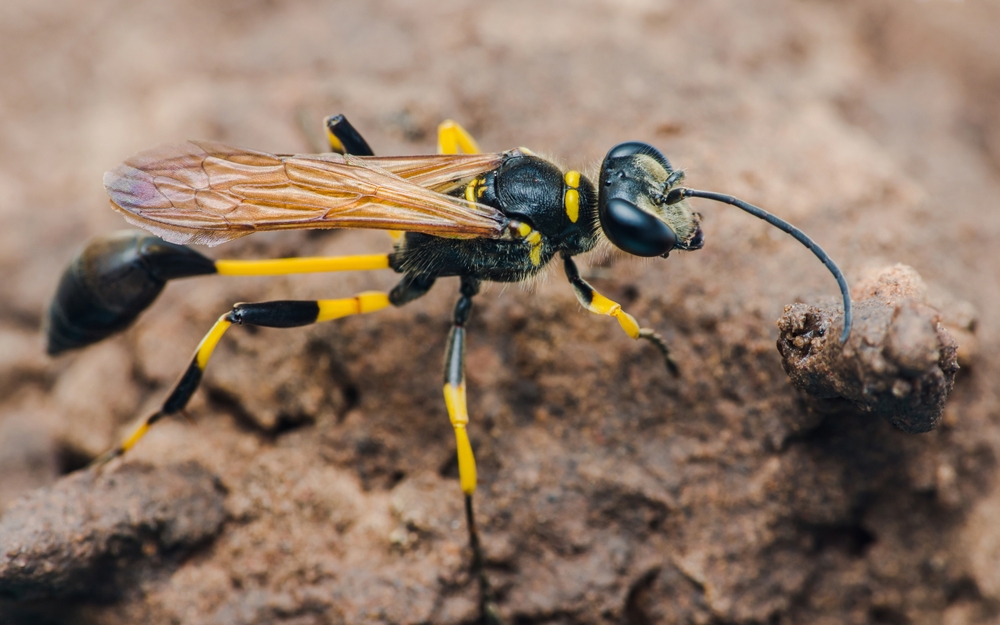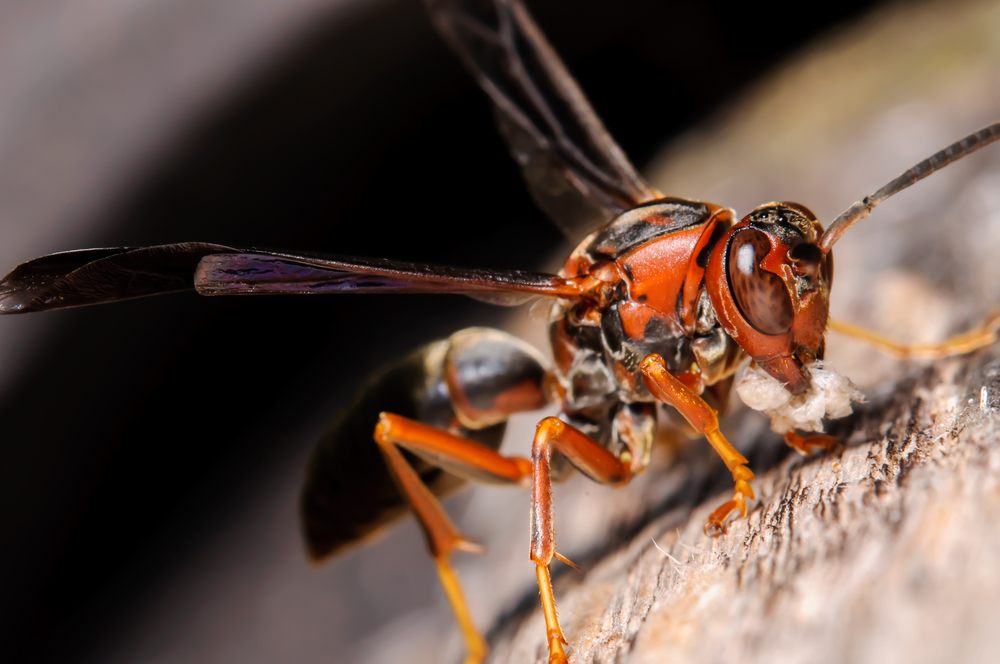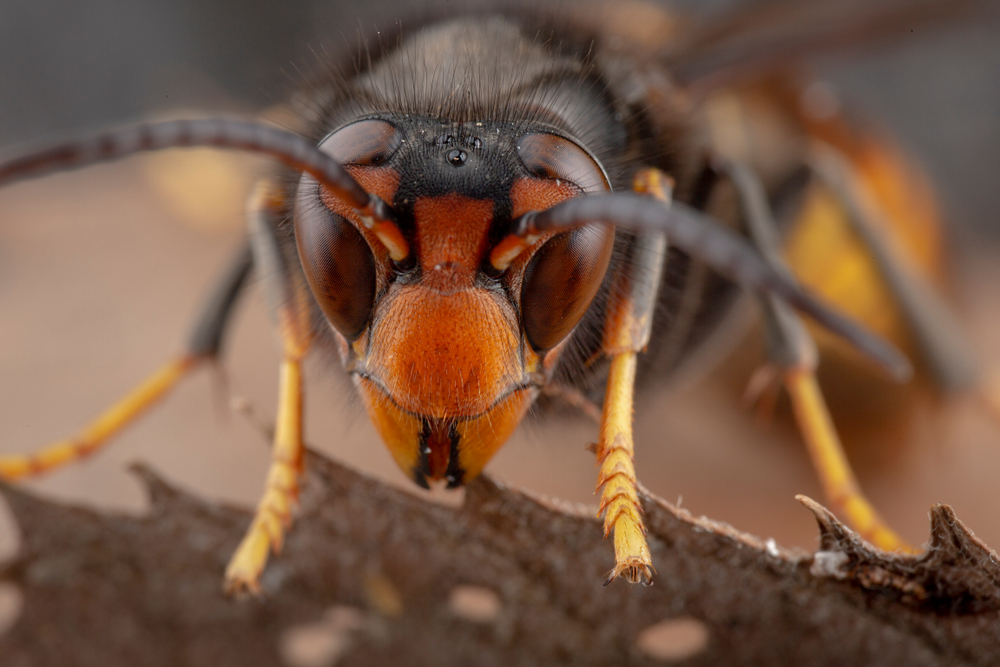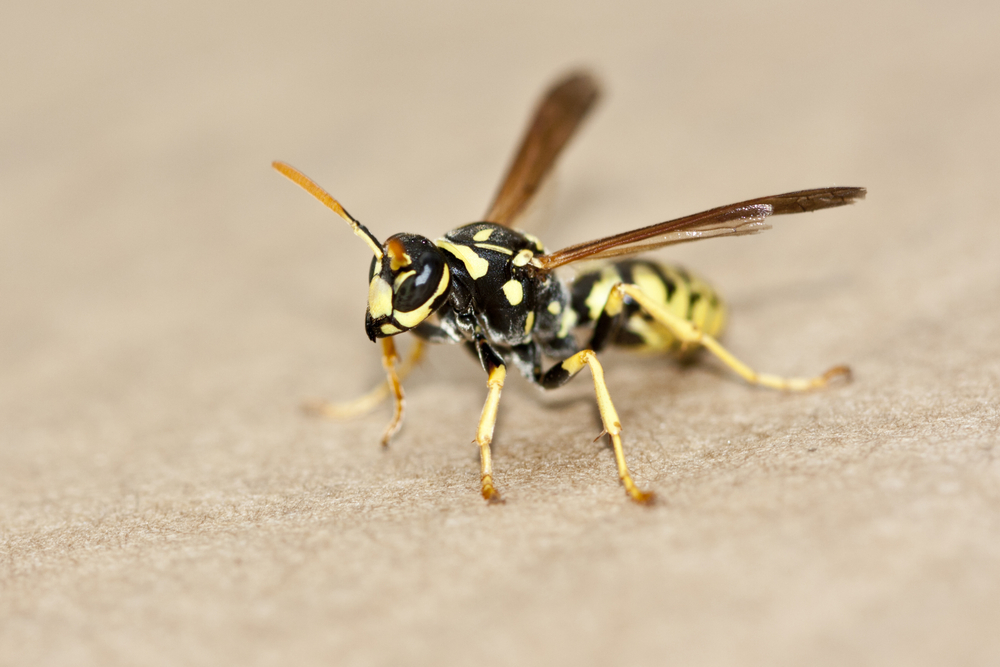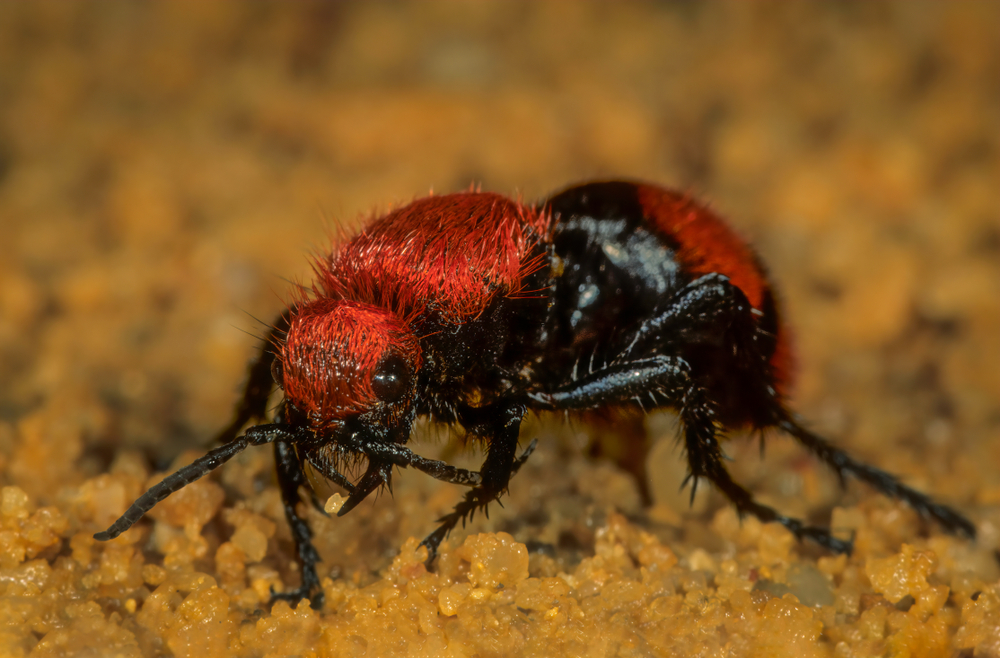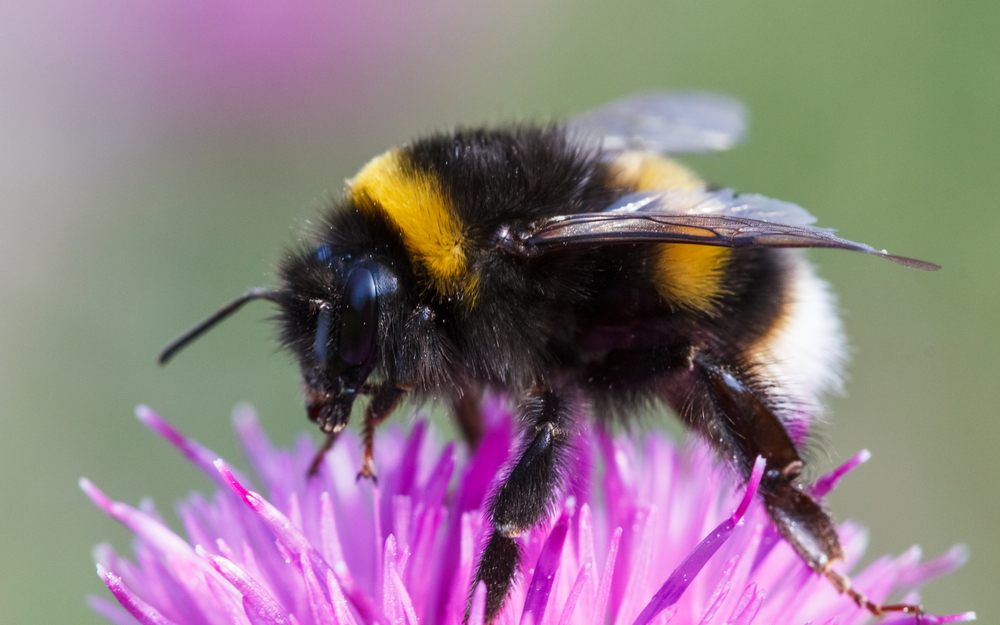About
#Insect
The black and yellow mud dauber is a solitary wasp known for its elegant form and remarkable architectural skills. Found across North America, Central America, and parts of the Caribbean, this species thrives in fields, forests, gardens, and near human dwellings—particularly where sheltered overhangs or structures allow for mud nest construction.
Adults typically measure 25–30 mm (1–1.2 inches) in length. They are easily recognized by their slender black bodies with bold yellow markings, a narrow “waist” (petiole) connecting the thorax and abdomen, and long, black legs with yellow bands. Despite their dramatic appearance, black and yellow mud daubers are non-aggressive and rarely sting unless handled.
Females are famous for constructing tube-shaped mud nests, often seen under eaves, inside sheds, or on walls. These nests are made from mud pellets gathered and shaped by the female, who creates multiple chambers within each tube. Each chamber is stocked with paralyzed spiders, which serve as fresh food for her larvae.
After provisioning the chamber, she lays a single egg inside and seals it shut. The larva hatches, feeds on the spiders, pupates, and eventually emerges as an adult wasp. Males do not assist in nest-building and have no stinger.
Black and yellow mud daubers are beneficial insects, helping control spider populations. They are also known for cleaning out old nests to reuse them—a behavior that distinguishes them from some other mud dauber species.
The black and yellow mud dauber’s scientific name is Sceliphron caementarium, and it belongs to the family Sphecidae.
Threatened:
Extinct
Critically Endangered
Endangered
Vulnerable
Near Threatened
Least Concern



































































